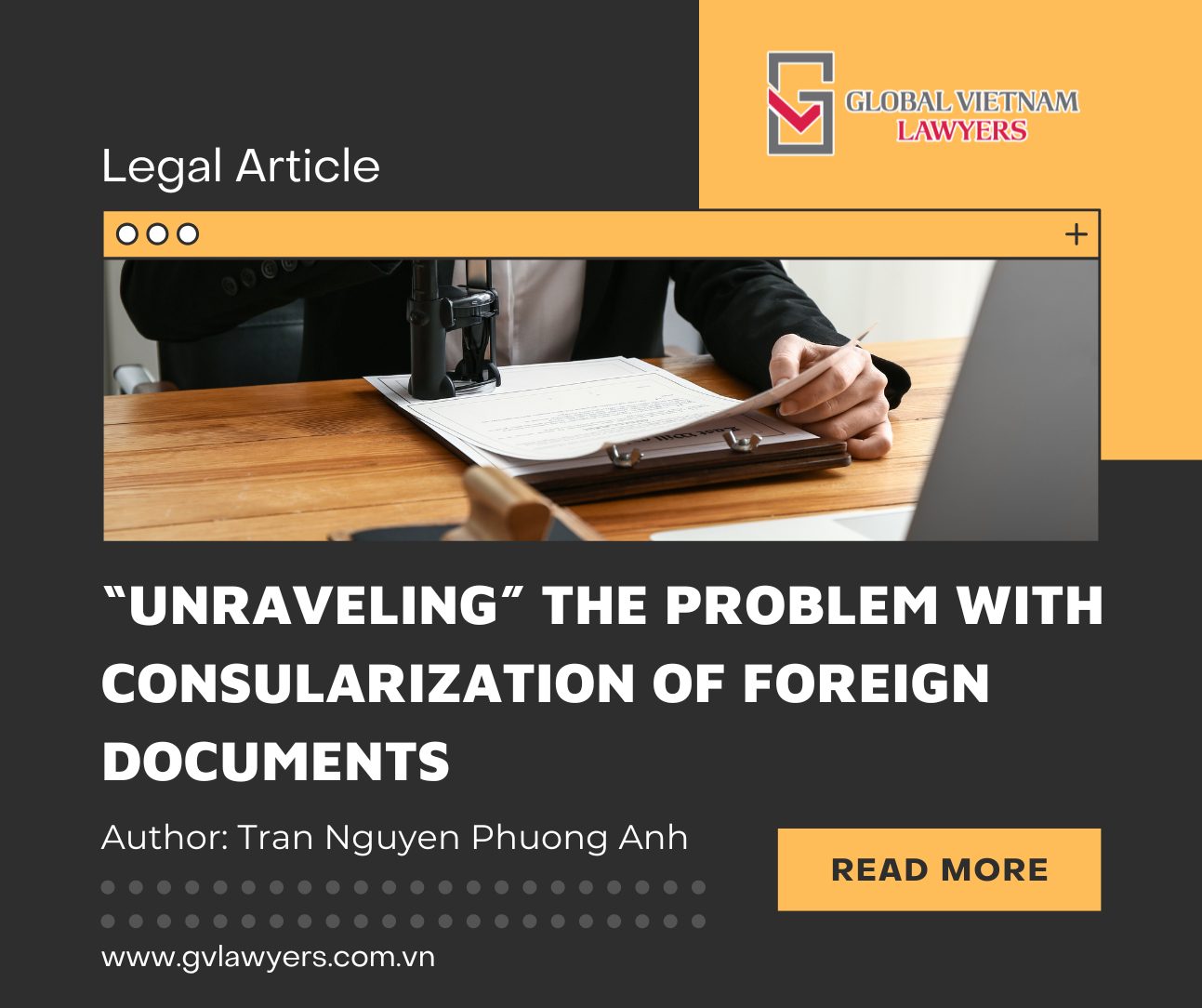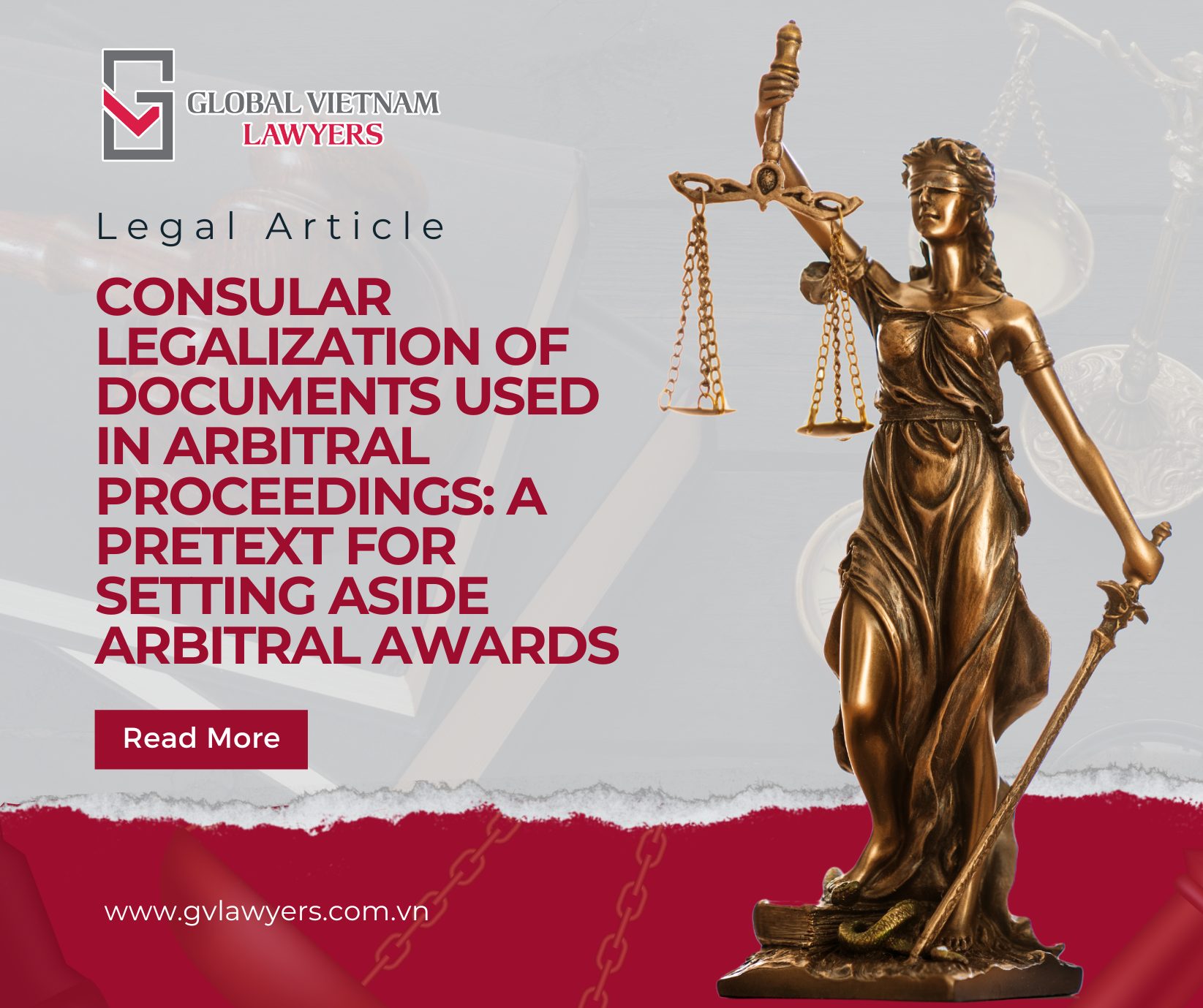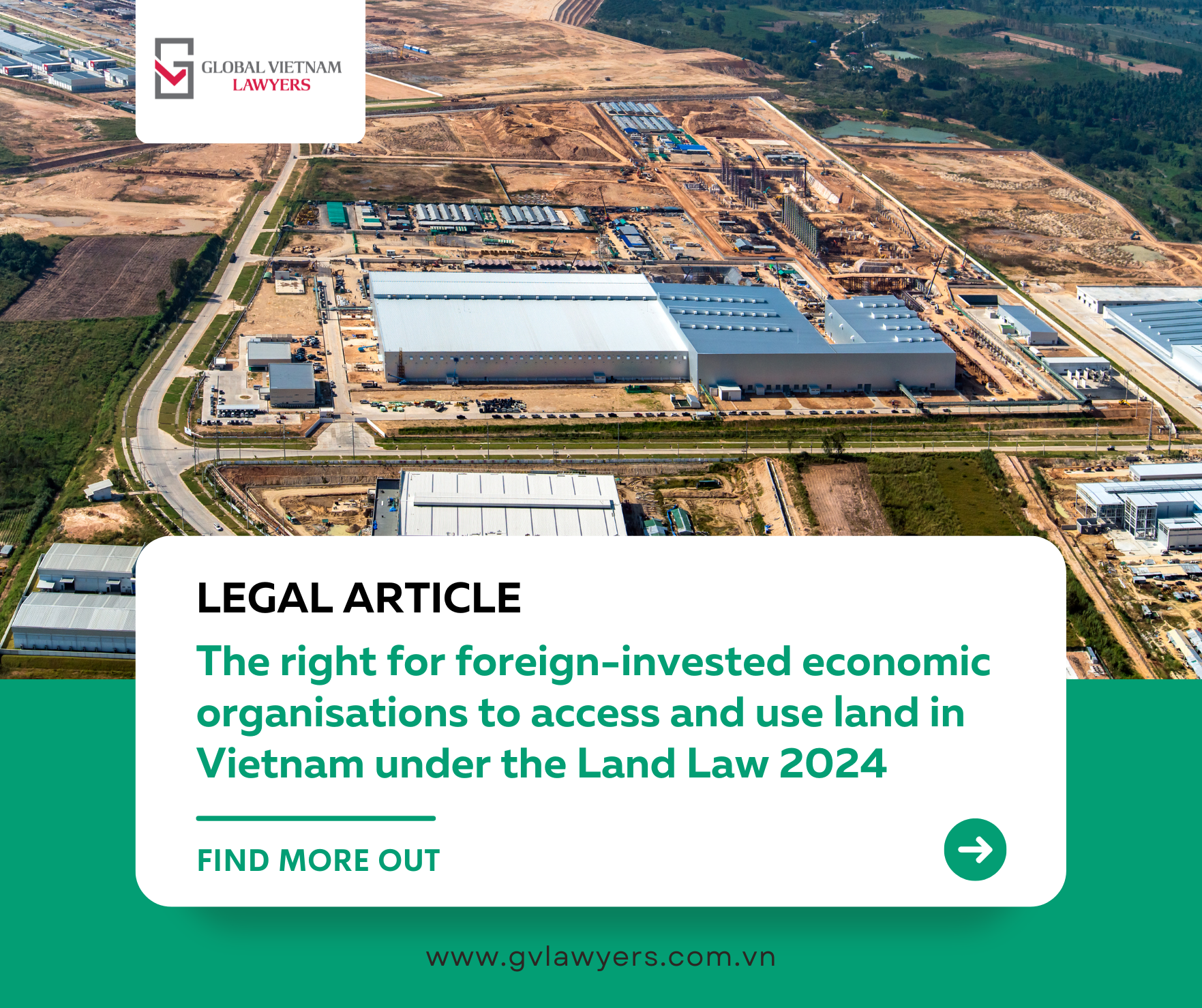GV Lawyers would like to introduce the legal article of Mr. Tran Thanh Tung, a Partner of GV Lawyers titled “M&A transactions: Noteworthy points when the legal framework changes“ published on Saigon Times dated 20 January 2021.
***
(TBKTSG Online) – As opposed to the Competition Law 2004, there has been a major change in the way of controlling economic concentration in the Competition Law 2018. The Competition Law 2018 relies not only on market share criteria to assess the effect of economic concentration on competition but also on the overall effect – the effect of “significantly restraining competition”.
M&A from the perspective of the Competition Law
Acquisitions and mergers (M&A) is the purchase of capital or assets in a target enterprise to the extent that the enterprise can be controlled. From a business perspective, there are many reasons for enterprises to conduct M&A such as expanding their investment portfolios, completing production chain, eliminating competitors in the market.
From the legal aspect, the legal framework governing M&A activities will include law on contracts (such as Civil Code, Commercial Law) and investment and corporate law (Investment Law, Enterprise Law and depending on the object of the M&A transaction, there may be Securities Law, Land Law, …) Where M&A transactions have or are likely to have restricting impact on competition, the Competition Law then will adjust transactions.
The Competition Law recognizes M&A as an economic concentration. More specifically, the economic concentration governed by the Competition Law includes: (1) Merging enterprises; (2) Consolidating enterprises; (3) Acquiring enterprises; (4) Joint venture among enterprises; and (5) Other forms of economic concentration.
Under certain conditions, economic concentration has the potential to create large-scale enterprises, changing the relevant market structure (because economic concentration often reduces the number of firms in the relevant market) and thereby affect competition in the market. For that reason, controlling economic concentration is a central task of the Competition Law, in addition to its antitrust.
Controlling economic concentration in Competition Law
The Competition Law controls M&A to ensure that M&A is not expected to cause anti-competitive effects – that is, the effect of eliminating, reducing, falsifying or hindering competition in the market. To assess the impact of an activity of economic concentration on competition in the market, the Competition Law provides a mechanism to assess the positive and negative impacts of economic concentration for competitive activities in the market.
The negative side (i.e. competition restriction effect) of economic concentration is considered based on the following factors:
(a) Combined market shares of firms participating in the economic concentration on the relevant market;
(b) Level of concentration in the relevant market before and after economic concentration;
(c) The relationship of enterprises participating in economic concentration in the chain of production, distribution, supply of goods, services or business lines of enterprises participating in economic concentration is the input of each other or mutually complementary;
(d) Competitive advantage brought about by economic concentration in the relevant market;
(e) The possibility that the enterprise after economic concentration increases increases the prices or the profit-to-revenue ratio significantly;
(f) The possibility of the post-economic concentration eliminating or preventing another enterprise from entering or expanding the market;
(g) Specific factors in the industry or field in which enterprises participate in economic concentration.
On the other hand, the positive impact of economic concentration will be based on the following factors:
(a) Positive effects on the development of the industry, field and science and technology according to the State’s strategy and planning;
(b) Positive effects on SME development;
(c) Strengthening the competitiveness of Vietnamese enterprises in the international market.
M&A transactions meet the needs of completing the production chain, expanding product portfolio or reducing competition pressure. Therefore, from a business perspective, an enterprise can acquire a rival enterprise (horizontal economic concentration), acquire another enterprise to complete the production chain (vertical economic concentration) or acquire a firm outside of that ecosystem (corporate-style economic concentration).
Therefore, as opposed to the 2004 Competition Law, there has been a major change in the way of controlling economic concentration in the Competition Law 2018. The Competition Law 2018 is based not only on the criteria of market share to assess the impact of economic concentration on competition, but also on the overall impact – the effect of “significantly limiting competition”.
When relying on market share as the sole criterion, which only controls transactions horizontally, the Competition Law 2004 accidentally misses out on vertical transactions, in which the degree of competition restricting impact is not less than horizontal transactions; also, the impact of “significantly restraining competition” is combined by many factors such as market share, market concentration, strength of the enterprise after economic concentration …, so it will be more accurate.
More broadly, the ideology of controlling economic concentration in the Competition Law has also changed: The National Competition Commission will comprehensively and reasonably assess the positive/negative impact of that economic concentration transaction on competition – a “fair impact assessment” or “rule of reason ”.
Under this new approach, the National Competition Commission has a decisive voice in assessing the competition impact of a particular economic concentration transaction and deciding whether the transaction can be executed or not.
Key notes when conducting M&A
Examine your own position in the relevant market
As discussed above, the criteria for determining whether an M&A transaction is performed or banned are relatively complex and some are more qualitative than quantitative. However, there are some clearly quantified criteria such as the total assets of the related parties, the value of the transaction, the total revenue of purchases and sales, or the market share in the relevant market. And more than anyone, an enterprise knows best about itself and its competitors in the market.
Therefore, enterprises can fully grasp information about the total assets of the related parties, the value of the transaction, total revenue of purchases and sales or market share in the relevant market. Enterprises are the first to be able to predict whether their planned M&A transaction is prohibited or has to notify economic concentration or not.
From that perspective, enterprises need to gather available information to review their position in the market and the expected content of M&A transactions in order to prepare information, documents, plans as well as how to explain to the National Competition Commission in case where transactions are subject to notification of economic concentration.
Prepare your transaction structure carefully
M&A transactions are governed by not only the Competition Law but also many related laws such as Investment Law, Enterprise Law, Securities Law, Land Law. . . Therefore, stakeholders need to carefully prepare the appropriate transaction structure in order to be able to comply with all the relevant laws.
Enterprises also need to pay attention to the conditions and the time of transaction completion, because it is difficult for them to control the time of completing the approval procedures from state agencies, including procedures for notification of economic concentration.
Consider the possibility of notifying economic concentration
It can be seen that the Competition Law strictly controls economic concentration through the enactment of low notification thresholds of economic concentration, resulting in a higher probability of a transaction subject to notification. Along with that, violations of economic concentration will be punished very seriously.
Since intending to engage in an economic concentration transaction, the involved parties should seriously consider the possibility that the transaction is expected to be subject to the notification of economic concentration and to prepare a budget and timing for this process.
Consult with the National Competition Commission
An enterprise may also consider the possibility of consulting with the National Competition Commission when it is unsure whether its intended M&A transaction falls under the case of notification of economic concentration.
As a specialized agency for control of economic concentration, the National Competition Commission can provide guidance for enterprises to comply with the Competition Law. Although this consultation is informal, it can help enterprises orient the process of preparing and implementing the M&A transaction.
Consult an expert
In essence, M&A indicates risky transactions and the failure rate is more than success, but the benefits of a successful transaction can offset the costs of the failures. Therefore, M&A is still full of potentials. With the current legal framework in mind, M&A transactions need to be formally formulated and executed.
For enterprises new to M&A transactions, consultation with experts such as investment specialists, lawyers, auditors or market research specialists. . . is necessary. With the support of experts, related enterprises will build a suitable transaction structure, avoiding risks, minimizing costs as well as damages that may occur during M&A implementation.
————————————————–
Email: info@gvlawyers.com.vn
Tel: 028 3622 3555
#luatsutuvan #MA #muabansapnhap #luatcanhtranh #luatdoanhnghiep #dautu #phapluat #vanphongluatsu #congtyluat #gvl #gvlawyers









